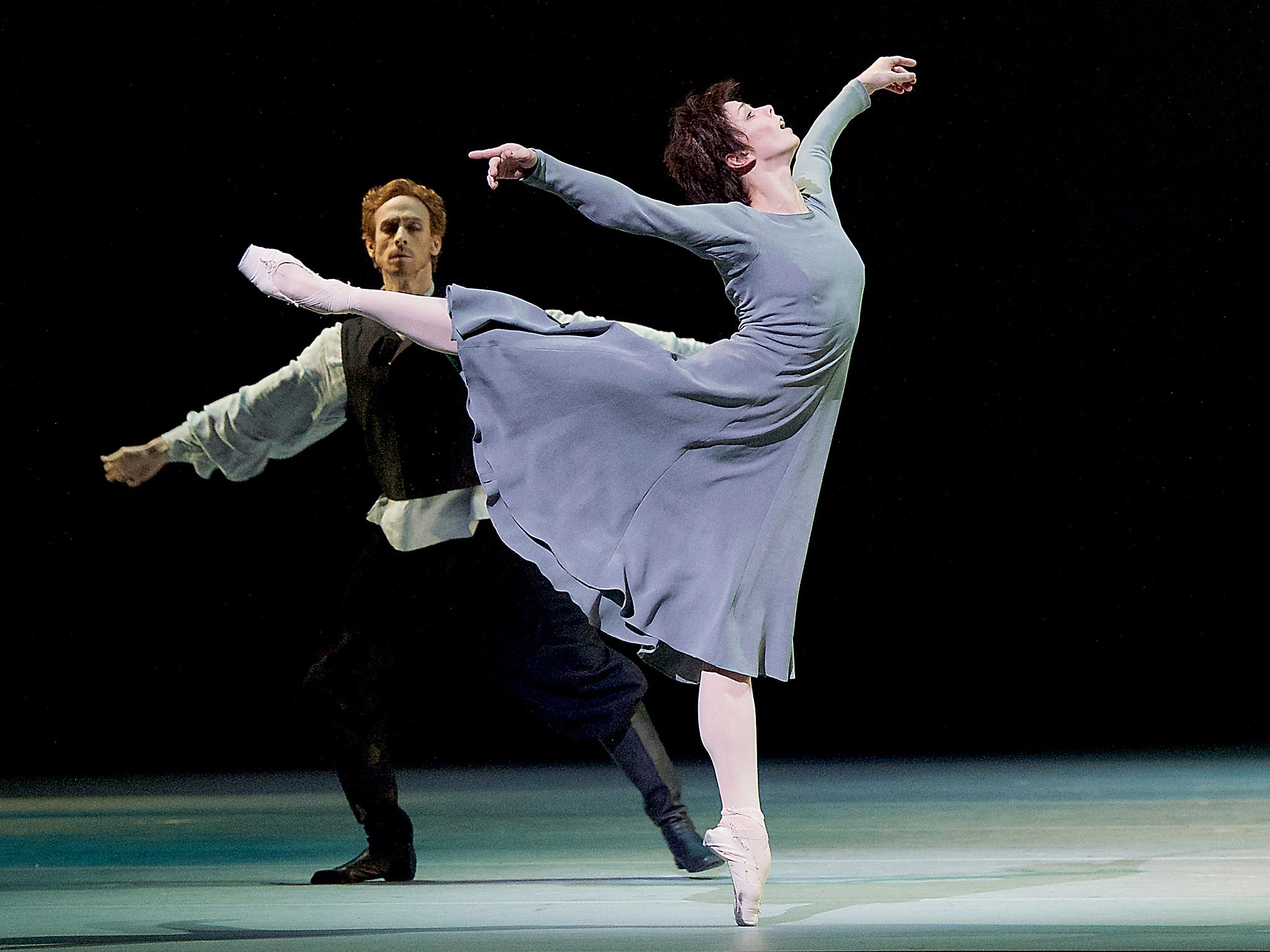Anastasia, Royal Opera House, London, review: It’s hard to tell one Grand Duchess from another
The ballet superstar Natalia Osipova shines in the final act of the Royal Ballet's revival of Kenneth MacMillan’s work but the rest of it is largely a bland affair

Like its heroine, the ballet Anastasia struggles with its identity. Kenneth MacMillan’s work is an unwieldy mix of psychological insight and padding: not until the last act does the ballerina, superstar Natalia Osipova in this Royal Ballet revival, get the chance to really stretch her dramatic muscles.
Anastasia takes on the true story of Anna Anderson, who claimed to be the youngest daughter of the last Tsar, the only survivor of the assassination of the Russian royal family. MacMillan created it as a one-act ballet in 1967, showing Anna/Anastasia in an asylum. In 1971, he added two new acts, showing her imperial Russian past. The mix has always been criticised, but the Royal Ballet has been loyal to the work, tweaking and redesigning.
This latest revival, the first in 12 years, makes a strong case for the last act, but not for the Tsarist extras. Danced to two Tchaikovsky symphonies, they’re a weirdly bland parade of lovely frocks and academic steps. In another of his ballets, Mayerling, MacMillan would create a historical work in which every person on stage has their own needs and agenda. In Anastasia, it’s hard to tell one Grand Duchess from another. Even Rasputin is dull, while the jumping revolutionaries are just silly. The strongest scene is a setpiece divertissement, danced with slinky elegance by Marianela Nuñez with Federico Bonelli.
The last act is another world, and one with intent and intelligence. The music mixes an electronic soundscape and a symphony by Martinu. Archive film flickers over the walls of Bob Crowley’s set. When the camera picks out Anastasia, Anna jumps up from her chair, reaching out to what she believes is her past self.
Figures from her past – Thiago Soares’s Rasputin, Christina Arestis’s Tsarina – have more personality as fragmented memories than they did as direct characters. The people of the present go through dreamlike changes. The nurses stamp out a Russian dance, while well-dressed visitors are both inquisitive and threatening. MacMillan is passionate in his sympathy for Anna; there’s a real anger to the fearful visions.
Osipova moves with wrenching attack, her body seeming to fight itself as Anna tries to make sense of her world. Losing herself in the past, she dances again with her sisters. Their graceful steps give them a shared identity, even though her grey shift stands out against their delicate lace dresses. So many ballets focus on women’s love lives; MacMillan, and Osipova, show Anna fighting for her sense of self, beyond the question of fact or memory.
Join our commenting forum
Join thought-provoking conversations, follow other Independent readers and see their replies
Comments